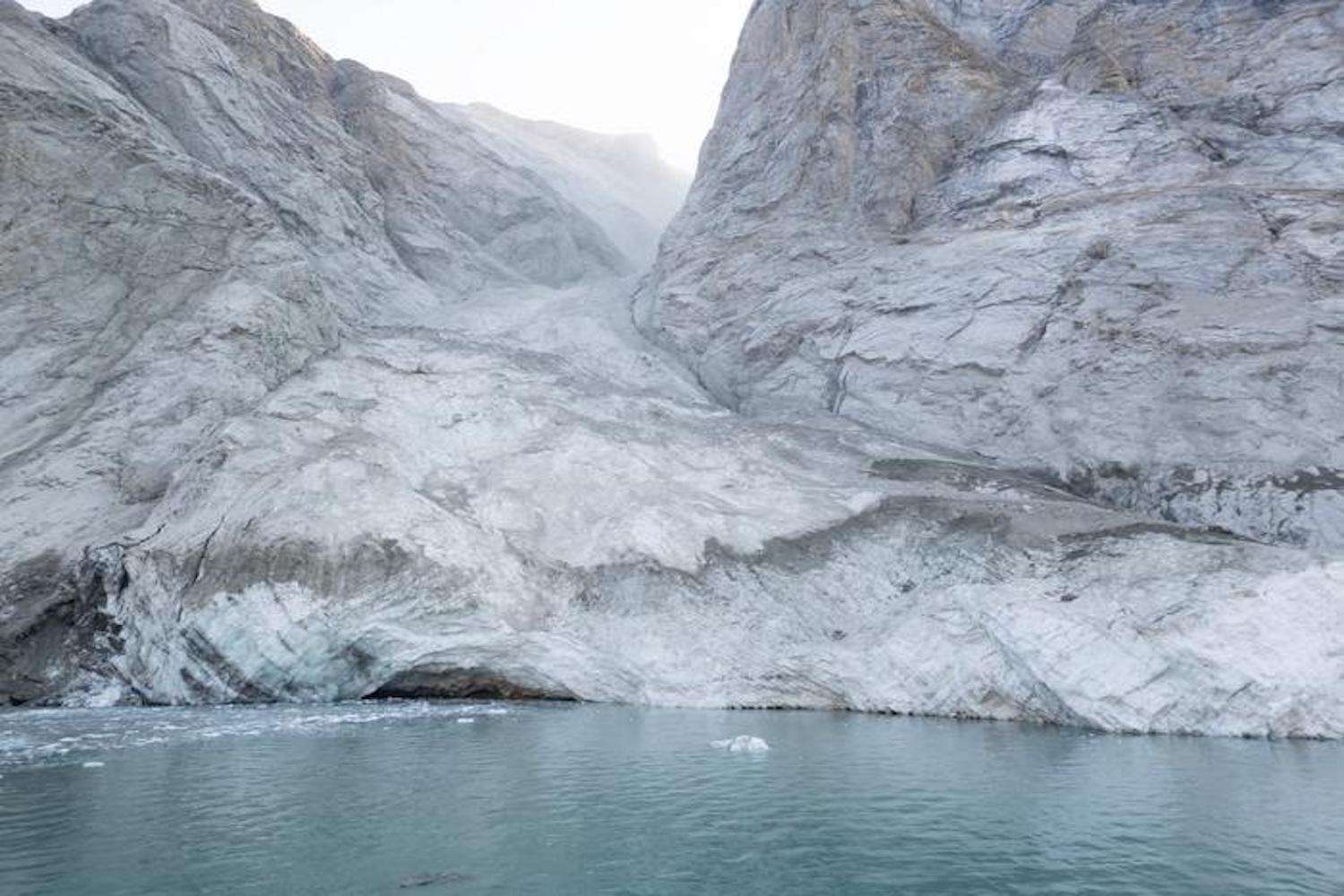
According to recent climatological research, much of Greenland’s icy expanse might soon face significant decline, akin to the extinction of the dodo bird.
Though “soon” is a relative term, researchers suggest that a slight rise in temperature could trigger a catastrophic decline of the world’s second-largest ice sheet. This event could lead to an alarming 20 feet (6.1 meters) increase in global sea levels and have severe repercussions on the surrounding marine ecosystem. Their findings were detailed in a study published in The Cryosphere.
Greenland’s ice sheet is one of only two on the planet, the other being located in Antarctica. Together, these ice masses store over 68% of the Earth’s fresh water, as noted by the National Snow and Ice Data Center. Encompassing an area of 656,000 square miles (1.7 million square kilometers)—about 80% of the island—Greenland’s ice can reach thicknesses over 1.9 miles (3 km). If it were to melt entirely, sea levels could rise by as much as 24 feet (7.4 meters).
The research team leveraged a climate model to explore how various climatic conditions would impact the ice sheet’s surface mass. By applying different climate scenarios, they aimed to assess the rate of melting of Greenland’s ice. They identified a critical threshold at which approximately 230 gigatons of ice would be lost in a single year—equivalent to a 60% reduction from the ice sheet’s pre-industrial stability. Reaching this tipping point would signify a point of no return, leading to the complete disappearance of Greenland’s ice within a relatively brief timeframe of 8,000 to 40,000 years, as reported by the Science X Network.
This scenario feels speculative until one considers that the identified threshold aligns with a global temperature increase of 6.12 degrees Fahrenheit (3.4 degrees Celsius) above pre-industrial levels.
These findings build upon earlier research published in Nature, which revealed that ice calving from Greenland’s sheet has accelerated significantly from 1985 to 2022. Additionally, that research indicated that previous assessments of Greenland’s ice mass loss were underestimated by as much as 20%. While this mass loss might have a minimal immediate impact on global sea levels, it is sufficient to disrupt ocean circulation and the global distribution of heat energy.
Greenland has been in the spotlight recently due to former President Trump’s repeated interest in acquiring the island from Denmark. Having been a territory of Denmark for over six centuries, Greenland achieved a degree of autonomy in 1979 and operates its own local government, although it remains part of Danish territory.
This interest spurred lighthearted reactions from Trump’s supporters; Congressman Buddy Carter from Georgia recently introduced H.R.1161, a proposal to “authorize the President to negotiate the acquisition of Greenland and to rename it ‘Red, White, and Blueland’.” The bill serves as a reminder of the often performative nature of American politics, which can detract from genuine representation of constituents’ interests.
While thousands of years may pass before reaching such a critical point, the simulations presented in this research suggest a troubling scenario if global warming continues at its current pace. This serves as a significant concern for anyone invested in the health of our planet, whether in jest over Greenland or as a genuinely concerned global citizen.









